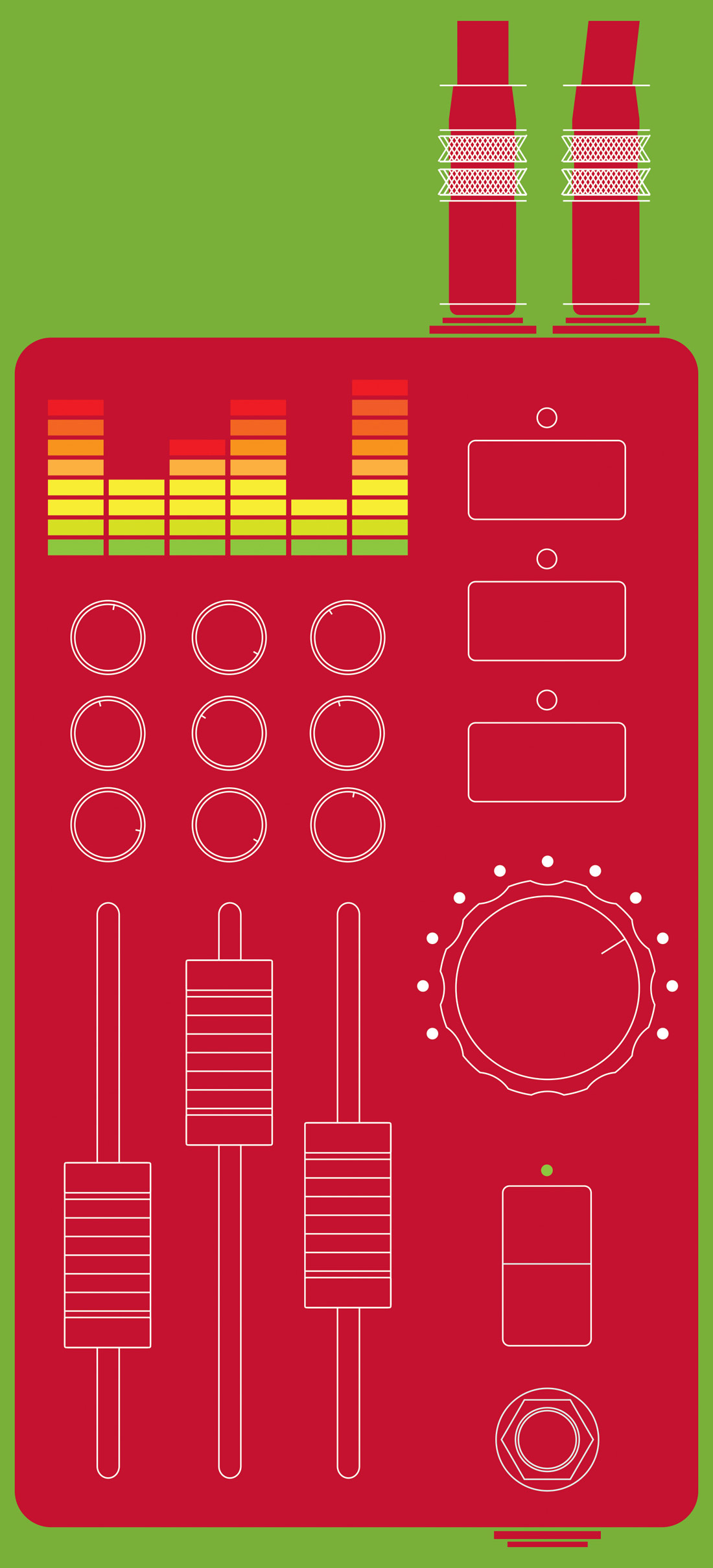Soundtoys Decapitator has been around for a while now, and it's one of my favorite plug-ins. I was surprised when Andy Hong asked if I wanted to review it — oddly, it had never been reviewed in Tape Op before.
For those not in the know, Decapitator provides a comprehensive way of applying and controlling distortion. You can dial in everything from over-the-top white-noise-robot-Martian sounds, to subtle thickening treatments. It's super-easy to use; there's almost no learning curve. The many presets provide a good jumping-off point to discover how the parameters work, or you can just dive in and start messing with the controls. There are five different harmonic styles to choose from, each modeled on a different piece of hardware, such as a Neve preamp, an Ampex tape machine preamp, a Chandler/EMI input channel, and two flavors of Thermionic Culture Vulture. The main Drive knob controls the input gain and amount of distortion, and it's paired with a Punish button that can add an additional 20 dB of gain. There are various tone controls that allow you to apply quick and intuitive EQ to the signal. This array includes a Thump switch which boosts a bit of low end wherever the low frequency is cut, providing sort of a tape-head bump simulation.
It may sound weird, but my two favorite things about Decapitator have more to do with convenience and ease-of-use than with sound quality. One is the Mix control. So simple, yet so effective — why doesn't every plug-in have one of these? It lets you control the mix of wet and dry sounds, essentially giving you the features of parallel effects processing with one knob inside the plug-in instead of with a more convoluted setup of routing aux channels in your DAW. The other feature I love is the Auto switch that tethers the Drive control to the Output control. When engaged (it defaults to "on"), the output gets lower in relation to the input going up, and vice-versa, providing an easy way to experiment while maintaining consistent overall gain. Again, why don't all plug-ins have this? Yay, Soundtoys!
And to be clear, Decapitator does sound great. The various distortion models are all a bit different, but all are very useful and realistic-sounding. I don't think of Decapitator as having its "own sound" (the way, say, a SansAmp does — and that's not a knock on the SansAmp), but instead, the plug-in is a Swiss Army Knife capable of many harmonic flavors. Flat drums can be beefed up, too-bright vocals warmed up, and dull bass and guitar bolstered. I find that I use Decapitator most often to "sand down" some of the super-glassy top end of various tracks (often pop/rock vocals) in my mix. When doing this, the Mix knob comes in handy, allowing me to preserve a certain amount of the transients and brightness, rather than fully truncating them.
Lately, I've been using this plug-in on nearly every one of my mix projects.




_disp_horizontal_bw.jpg)